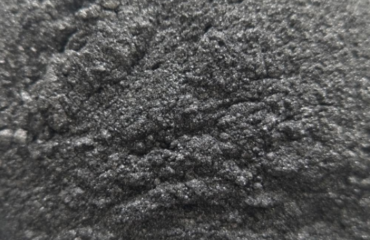A Graphite Anode is a conductive part of an electrical system or medium. Graphite anodes are commonly used in cathodic protection (CP) systems. Used to protect the structural integrity of buildings and metal structures, especially those that are underwater or underground, cathodic protection systems are systems that use electric current to prevent corrosion in metal structures. Within a CP system, the graphic anode is the part that outputs the protective current.
Types of cathodic protection systems that employ a graphite anode to avoid corrosion in metal structures include galvanic and impressed current cathodic protection systems (ICCP). In addition to protecting metal structures like bridges, buildings and offshore oil rigs from corrosion damage, cathodic protection is also used to prevent corrosion on metal parts on ships, most frequently the hull. Galvanic protection relies on the graphite anode having a more negative charge than the protected metal to attract the corrosion to a more corrosive surface. Cathodic protection systems using impressed current technology use direct current (DC), often converted from AC power, to supply current to a more powerful graphite anode system that reduces corrosion in a larger metal structure by attracting the corrosion to a more corrosive material. ICCP technology is more powerful than galvanic protection systems, and is generally used for ships and metal pipelines.


